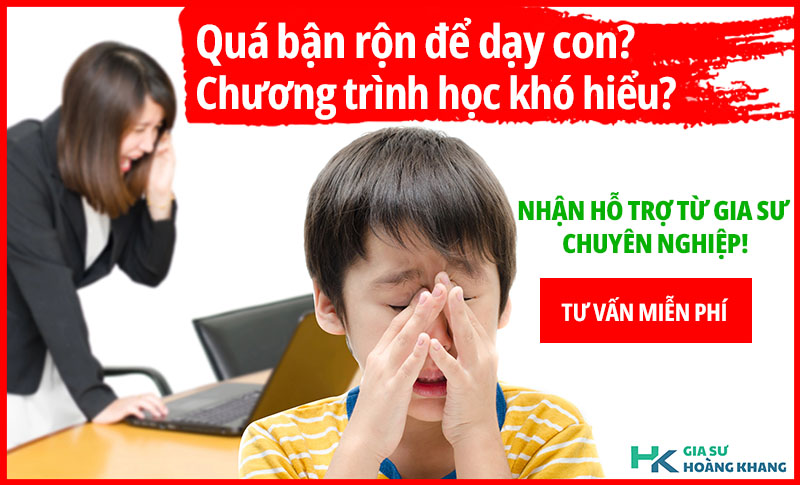ài 10: Hoàn thành các câu dưới đây với thể khẳng định hoặc phủ định của “must, have to, has to”
1. Students___________ look at their notes while they are taking the exam.
2. My mother has a terrible headache so she __________ stop working today.
3. There is an accident and the traffic is blocked. We _________ to stay here for a while.
4. You ____________ do that, Marry, I’ll do it later.
5. He __________ wait in line like anyone else
6. You __________ light a naked flame near the gas station.
7. While operating a motor vehicle, you ___________ drink and drive.
8. You __________ skip classes too often or you will not pass the final exam.
9. They _________ work hard and earn a lot of money. They want to move to a larger apartment.
10. Mr. Smith ____________ drive to work because his company is near his house.
Bài 11: Khoanh tròn vào đáp án đúng
VIETNAMESE CELEBRATION FOR LONGEVITY CUSTOM
In Vietnam, People count each passing year in a person’s life with increasing esteem and respect from their family and neighborhood. Formerly, at the age of 40 one was (1) ________ for being an old man or woman. According to village customs, a man of 50 is to be honored as an old man.Old men stop working and are no longer village officials. (2) _________, they are still invited to festivals and to sears in the communal house. In the festival, they are seated honor ably on the red-bordered (3) ___________. Showing (4) _______ and esteem for the elderly is a (5) ___________that remains today. Nowadays, when grandfathers or parents reach the ages of 70, 80, 90, their children and grandchildren origanize ceremonies for (6) ___________which are generally held on birthdays or during the spring days during Tet.
1. A. honor B. honored C. consider D. considered
2. A. Moreover B. But C. Although D. However
3. A. curtains B. mats C. sofas D. carpets
4. A. respects B. respect C. respective D. respectful
5. A. tradition B. culture C. custom D. lifestyle
6. A. longevity B. length C. age D. life
Bài12. Đọc đoạn văn dưới đây và điền T(True) trước câu có nội dung đúng với nội dung bài đọc, điền F(False) trước câu có nội dung sai với nội dung bài đọc.
Traditional Vietnamese customs and habits have been formed time to time for thousands of years. This creates a long – lasting culture. Despite the domination of Chinese and other powers, Vietnamese people still remains their unique cultural identity.
In the course of development, customs and habits are indipensable spiritual field in Vietnamese culture. It is the original cultural values of the country strongly that define the identity and the long-lastingness of culture in Vietnam. In the entire history of Vietnam, Vietnamese culture is the combination of native culture, cultural exchange with China, Asian region and western countries. However, with a firm native culture, Vietnamese people keep their culture away from being assimilation, and “Vietnamizing” those cultural features instead. Vietnam culture is characterized by a series of unique customs and habits such as worshiping ancestors, chewing betel, and other customs in traditional ceremonies like funeral ceremony, long –life ceremony, etc. These customs and habits are associated with community of villages. Vietnam is a country of festivals, especially in spring. There are several famous festivals featuring Vietnamese culture like Tet Nguyen Dan, Tet Nguyen Tieu, Tet Han Thuc, Tet Doan Ngo, Mid-Autumn Festival, etc. Yet, customs and habits of Vietnamese people vary from region to region, and ethnic group to ethnic group.
1. Vietnam has a long –lasting culture. ______
2. Due to the invasions of Chinese and other powers, Vietnamese people hardly remain their unique cultural identity. _______
3. Vietnamese culture is the combination of many cultural components. ____
4. Vietnamese people build their traditions partly by “Vietnamizing “foreign traditions. _________
5. Vietnamese customs and habits are related to community of villages. _____
6. In Vietnam, festivals are mostly held in spring.
7. In Vietnam, customs and habits of people are quite the same throughout the country.


Bài 10:
1. mustn’t
2. has to
3. must
4. must
5. must
6. mustn’t
7. mustn’t
8. mustn’t
9. have to
10. doesn’t have to
Bài 11:
1. B (honored for)
2. D
3. B
4. B
5. A
6. A
Bài 12:
1. T (Dòng thứ hai đoạn 1)
2. F (dòng 5,6,7,8, đoạn 2)
3. T (dòng 4,5,6, đoạn 2)
4. T (dòng 8, đoạn 2)
5. T (dòng 12, đoạn 2)
6. T (dòng 13, đoạn 3)
7. F (2 dòng cuối)
Bài 10:
1. mustn’t
2. has to
3. must
4. must
5. must
6. mustn’t
7. mustn’t
8. mustn’t
9. have to
10. doesn’t have to
Bài 11:
1. B
2. D
3. B
4. B
5. A
6. A
Bài 12:
1. T
2. F
3. T
4. T
5. T
6. T
7. F
Học tốt nha!